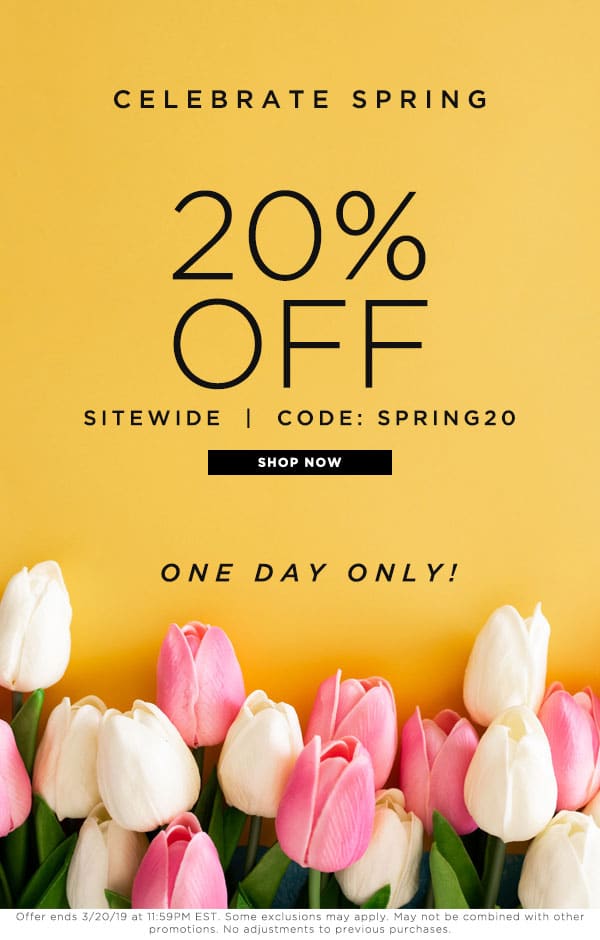As you might have heard, a rising tide raises all ships. In a free market, your competitors can be a real pain in your side. But they can also be your greatest inspiration. They prevent you from ever getting too comfortable and set in your ways.
Learning from your competitors is a great way to benefit your email marketing strategies, but you need to know what to look for.
After you examine your competitor emails and use them to create more informed campaigns, your competitor may start using your emails as inspiration.
5 tips to learn from your competitors’ emails
Here’s what to look for in competitor emails and how to appropriate it for your own purposes.
1. Join your competitors’ mailing lists
This may sound a tad counterintuitive, but to first understand your competitors’ emails, you need to actually see them.
However, merely joining a mailing list isn’t enough. To make sure you get the most from competitor emails, be sure to create a place in your inbox where all of their emails get funneled. Then you’ll have a unique place where you can routinely go to analyze competitor emails. You’ll also be able to easily compare one competitor’s emails with another and get a sense of how often they’re coming in.
Getting a feel for the frequency of competitor emails can help you come to terms with your own email frequency. If you notice they’re sending out emails every Monday at 4 pm, then you may opt for a different time slot, so the emails don’t get crowded. If you’re confident your messages are superior, then you may want to schedule your emails to arrive on Monday at 3 pm, for example.
2. Be aware of your competitors’ target audience
Knowing your target audience is a pivotal step in any email marketing strategy. It allows you to not only construct your emails with the right people in mind, but also to make sure those emails get to the right inboxes.
Among the many ways to find your target audience, you could utilize referrals, analytics, and current customer list. Even within your mailing list, you would do well to segment your recipients into separate categories to refine your process even further.
Understanding your readers is also a great way to implement personalization, which has been shown to improve click-through rates by about 14% and conversions by about 10%.
No matter how specific you get in terms of your mailing list, there’s always the possibility of holes. With all the tools at your disposal, there are probably some segments of the population that you missed.
This is where observing your competitors can be useful, as you can pay attention to whom they’re targeting with their emails. Because they’re a competitor, their target audience is probably close to yours.
While this can help you find an audience you never thought of contacting, knowing your competitors’ habits can also help you pinpoint where your advantages are.
For instance, if you notice your competitor is focusing on a particular audience and ignoring another, you may want to put more of your focus on that untapped audience.
In addition to checking out the groups they’re sending to, you should also pay attention to the methods they use to find those people, as these can also be beneficial.
3. Read competitor emails as if you were a customer
When it comes to perfecting the content of your emails, you can sometimes get lost in thinking like an email marketer and not like one of your readers. While there’s certainly nothing wrong with the former perspective, you need to see your emails from both directions to create the best material.
Looking at competitor emails with a customer’s perspective is a great way to reset your mind and see email marketing from the other side of the fence.
When you do this, you’ll want to look for every little strength and flaw, then try to process why they’re strengths and flaws. By doing so, you’ll get a sense of what a customer is looking for and what feels trite.
After you’ve figured out what appeals to the customer mindset, compare the competitor emails with your emails. At this point, it should be easier to look at your emails as if you were a third party.
Not only will you now be able to implement what works from the competitor emails, but you can accentuate in your emails what the competitors are lacking.
In other words, figure out their strengths and appropriate them for your purposes. Then, figure out their weaknesses and why they’re a weakness, then optimize by implementing the remedy for those weaknesses in your emails.
As an example, you might find that while you’re reading a welcome email, you get to the end and have nothing to do, despite being ready to engage. Therefore, you may want to double-down on a call to action in your welcome emails.
Source: Really Good Emails
Source: Really Good Emails
4. Take note of the offers in competitor emails
If there’s one thing everybody loves, it’s a good discount. Email marketers know this, which is why discounts are sent out liberally with holidays and regular days alike.
However, not all discounts are created equal. Some are inherently more appealing to customers than others.
For this reason, you should pay special attention to what kind of offers your competitors are sending out, and how they stack up to your own.
Again, it helps to look at competitor emails as if you were an independent customer, with no ties to your business or your competitor’s business. Look at both of your offers and try to determine—without bias—which is more appealing, if you could only choose one.
Regardless of what you discover, use that information to construct your offers going forward.
5. Figure out the persona of competitor emails
While you have many competitors offering similar products to you and targeting a similar audience, this doesn’t necessarily mean that your brand personas are the same.
When you’re looking at competitor emails, focus on the overall personality that your competitor puts forth. To get the best sense of this, pay particular attention to their subject line, body text, and template design. All of these will tip their hand as to their brand identity.
Understanding whether your competitors are putting on an informal persona, a business-like persona, a youth-focused persona, or a female persona can go a long way in helping you understand your own place in the market.
For example, if your competitors are primarily using emails as a straightforward channel of communication, keeping everything very bland and formal, try flipping the vibe. Lighten up your emails and take a less formal approach, like Nebo:
Source: Really Good Emails
By doing so, you’re not only going to appeal to a brand new crowd who may not have signed up for a mailing list yet (or haven’t found a reason to engage), but you’ll also act as a counterpoint to your competitors.
It’s a way of setting yourself apart and offering something refreshing to the audience that they might not have realized they wanted.
Wrap up
Though email marketing often consists of sitting at a computer and brooding over numbers, it’s important to remember that you’re not working in a vacuum.
There are other email marketers out there in your same industry that are also trying to create the best campaigns possible. It would be foolish to ignore their achievements—or their failures.
Both can be used as fuel for your own inspiration.
When observing competitor emails, it helps to keep these things in mind:
- Join their mailing list
- Keep tabs on their target audience
- Read competitor emails as if you were a customer
- Take note of their offers
- Figure out their persona and how it compares to yours
By using these practices, you can eventually come to understand your competitors and improve your marketing.
Understanding your competitor emails can go a long way in bettering your own output. Here’s what else you should know about what your competitors are doing.









